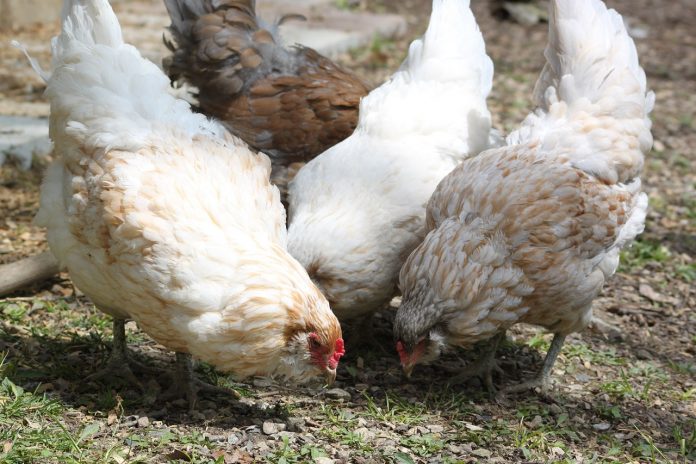COLLEGE STATION, Texas — A new test developed by USDA Agricultural Research Service scientists in College Station, Texas, could make it easier to breed pathogen-resistant chickens.
The test identifies roosters whose blood contains naturally high levels of two key chemicals, cytokines and chemokines.
Immune
These chemicals mobilize the birds’ innate immune response, according to ARS microbiologist Christi Swaggerty, in ARS’s Food and Feed Safety Research Unit.
Using the new test, commercial poultry breeders can single out roosters that have a strong immune response and use them to selectively breed a more robust flock.
Such resistance, especially during the birds’ first week of life, may lower costs related to animal well-being and food safety.
Protecting chickens from pathogens involves sanitation, vaccination, biosecurity and use of antibiotics and other medications.
But some chickens have an especially robust and efficient immune response and can resist pathogens, notes Swaggerty.
Test
The researchers used the test to select roosters for breeding a line of resistant broilers. They then exposed the resistant broilers to several pathogens.
They compared the resistant group to a group of susceptible broilers bred from roosters with low cytokine and chemokine levels.
The published results showed that the susceptible broilers had more pathogens and signs of infection than the resistant group.
Ultimately, such resistance could mean fewer pathogens on birds at the processing plant and improved consumer safety, Swaggerty notes.
Diseases
Swaggerty and her colleagues study the genetics of chickens’ resistance to foodborne disease-causing pathogens, such as salmonella and Campylobacter.
Some species of these two bacteria together cause 2 to 3 million U.S. cases of foodborne illness in consumers and 450-500 deaths annually.
Another poultry disease, coccidiosis, inflicts annual US production losses of up to $800 million, making this intestinal disease a threat to nearly 9 billion U.S. meat-type birds.










